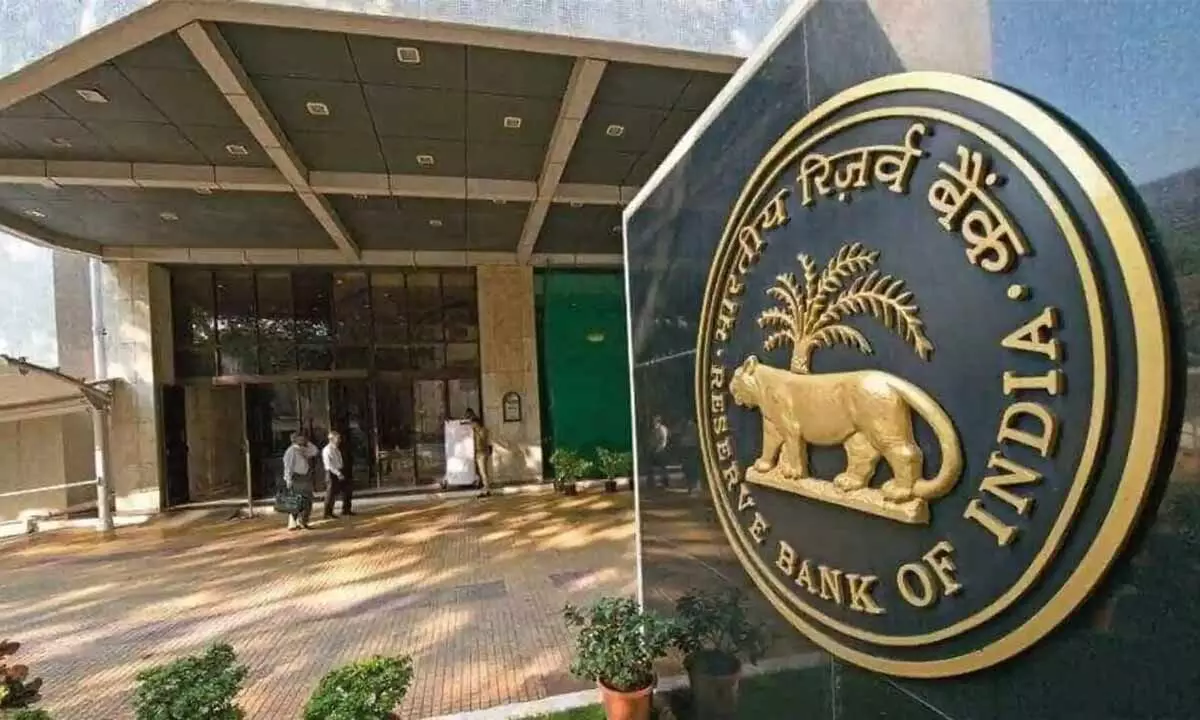Live
- Selling Stories: Shaping Businesses and Lives
- Nimrat Kaur celebrates World Saree Day with a powerful message
- AP minister orders probe into fatal accident on Addanki-Narkatpally highway
- UNICEF joins Bengal govt's efforts to combat juvenile diabetes
- Parineeti Chopra celebrates ‘Christmas on set’
- BGT: Rohit, KL Rahul suffer injury scares ahead of Boxing Day Test
- PM Modi Visits Indian Labour Camp And Engages With Diaspora In Kuwait
- South Korea: Main opposition urges acting president to sign special counsel bills or face consequences
- Central PSUs record 47 per cent jump in net profit for 2023-24, market cap doubles
- Man In Madhya Pradesh Dies By Suicide, Leaves Video Alleging Harassment








